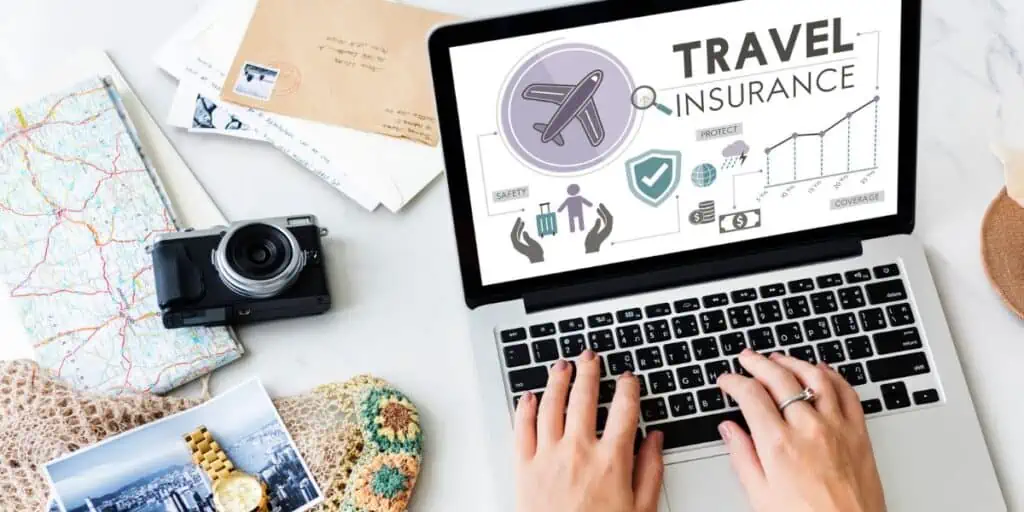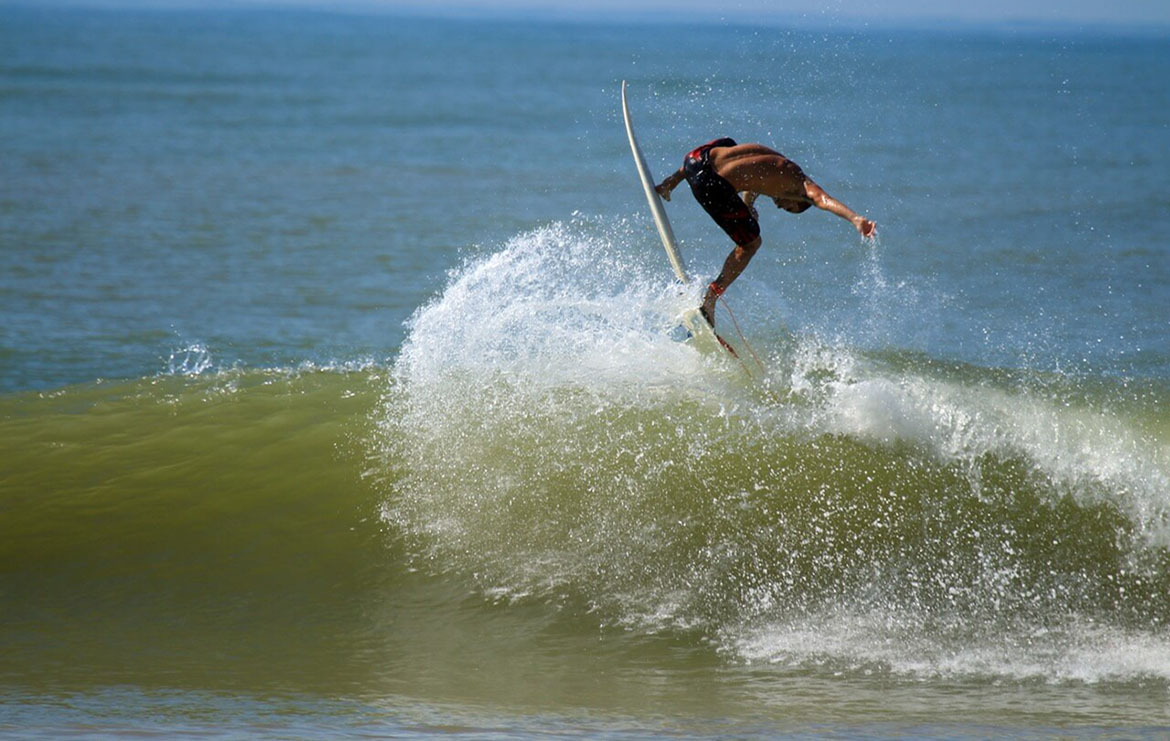Unlocking Adventure – How to Plan and Organize Guided Trips That Leave a Lasting Impression

Nothing is better than a thoughtfully planned and well-organized guided trip. It can be an experience that unites and leaves lifetime memories.
Whether it’s a trip with friends, a team-building experience with new colleagues, or leaving a good first impression on new clients, careful planning and thoughtful organizing is essential to ensure a successful trip. Many steps can be taken to ensure you give the audience the best experience of their life.
Consider the Audience
Not every organized trip will be the same. It’s important to say that nearly every journey has a different target audience. That means there are other factors that need to be incorporated into planning it.
Preparing Your Audience
The initial contact with the audience must be before the trip begins. That must be done because communication is essential.
The audience must know what is expected from them as participants in the trip. Experienced organizers use fliers to keep their audience informed.
Rules need to be made clear. Every trip has a set of rules everyone must follow to have a better experience.
Answer Audience Questions
It’s normal for the audience to have concerns. However, it is essential that all of them are addressed to have a smooth experience.
Choosing The Destination
When talking about trips, choosing the destination might be your most critical decision. A couple of factors must be considered when choosing the destination.
Safe and Sound
Safety is important because no one wants to fear for their life on a trip, except if the target audience is made up of “adrenaline junkies.”
Establishing safety protocols is vital to planning a trip because no one will get in trouble if everyone follows the guidelines.
Mastering the Logistics
The questions about how and when we will get to the desired destination are the questions that need answering in this part of the planning.
Your trip is halfway done if the accommodation is arranged and the transportation is well-organized.
Strive for Uniqueness
It’s crucial to pick a unique destination. Nobody wants to bring the audience to a place they have already seen.
Then, when the destination is decided, research local attractions. Finding local attractions and fun activities can offer your audience a diverse and fun experience.
Establishing Objectives
The purpose and objectives of the trip need to be established right from the beginning, and they need to align with the goals and expectations of the audience. By doing this, it will make the trip more fun and engaging.
For the Organizer
One key segment of setting the objectives is to put some measurable personal goals to evaluate the potential success of your trip. That’s the only way for someone to get a realistic overview of the trip.
Developing a Detailed Itinerary
An itinerary is a must if a trip is planned, which means determining the duration of the trip and the activities there.
A balance must be made between the structured activities that are a part of the trip and the free time that the audience can use to explore and get to know the destination.
Breaks, Breaks, Breaks
Not every minute of the day can be planned into an activity. When making the itinerary, it’s essential to keep in mind all of the time that is going to be “lost” in transportation, meals, and other logistical arrangements.
Connect with the Locals
It’s essential to make a connection with the local guides and experts. That way, the trip can be planned based on their advice. They can help incorporate local cultural experiences to make the trip more authentic.
Engaging and Informative Guides
Finding an experienced guide to engage with the crowd is crucial to improve the experience.
Information Guru
The guide must be trained to provide the participants with insightful and diverse information about the destination and encourage them to interact with the audience to give the trip more meaning.
Engage with the Audience
Encouraging the audience to talk is a skill that not every guide possesses, but if a talkative guide is found, a more welcoming atmosphere will be achieved.
Flexibility and Adaptability
Unexpected problems and unusual circumstances must be anticipated by making emergency plans in case something happens. Working with people is not easy. That’s why a flexible itinerary helps when dramatic situations arise.
Conclusion
Planning a meaningful and unforgettable trip is not an easy task to do by any means. It’s a delicate process that requires high attention to detail, patience, and understanding of your audience.
Still, if the guidelines in this article are followed, the audience will have a memorable and impactful trip full of new memories!


